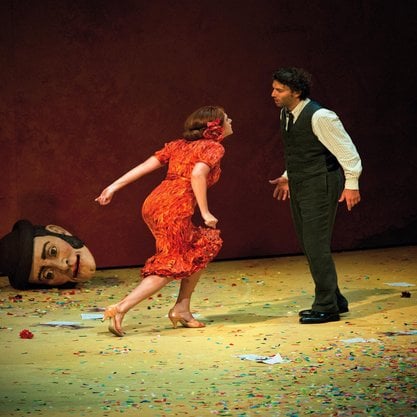Article
Liu Kang (1911–2004) By Yow, Siew Kah
Article
Liu Kang is recognized as one of the founders of Singaporean modern art. However, he was born and educated in China, and moved to Singapore in 1937 at a time when the island was still part of the British Empire. His art was therefore never about Singapore in a straightforward sense. Rather, his historical significance lies in creating Chinese-inflected modern paintings in Singapore, which combined European modernism, traditional Chinese painting, and the folk cultures of Nanyang, a Chinese term referring to the area south of China reachable by sea-vessel. After Liu arrived in Singapore, he became part of a group of Chinese painters and writers who had produced creative works centered on Nanyang since at least the early 20th century. Using the modernized Chinese painting of his formative years, he expanded its iconography to include the landscapes and peoples of Nanyang, producing some of the best-known works of his oeuvre. These include Chopping Firewood (1956), Outdoor Painting (1954) and Artist and Model (1954). Creating a syncretic painting with elements from the three cultures became the artist’s modus operandi that remained largely unchanged for the rest of his career.


